|
Rolls-Royce has announced that its all-electric plane, dubbed the “Spirit of Innovation,” is the fastest of its kind in the world after it reached a maximum speed of 387.4 mph (623 k/h) in recent flight tests.
In a recent news release, the company, not to be mistaken for the car company owned by BMW, claimed that the Spirit of Innovation set three new world records earlier this week. On flight tests carried out on Nov. 16 by test pilot Nathan Finneman, Rolls-Royce said its aircraft reached a top speed of 345.4 mph (555.9 km/h) over 1.8 miles (3 kilometers), exceeding the current record by 132 mph (213 k/h). It broke another record in a subsequent 9.3-mile (15 kilometer) flight, during which it reached 330 mph (532.1 km/h), surpassing the current record by 182 mph (292.8 km/h). The Spirit of Innovation didn’t stop there, though. Rolls-Royce affirms that it smashed another record when it reached 9,842.5 feet (3,000 meters) in 202 seconds, beating the current record by 60 seconds. In the company’s view, it also took the title of the world’s fastest all-electric vehicle when it reached a maximum speed of 387.4 mph (623 km/h) during its flight tests. The company’s aircraft is powered by a 400kW electric powertrain and “the most power-dense propulsion battery pack ever assembled in aerospace.” It’s part of the Accelerating the Electrification of Flight project, which receives half of its funding from the UK government and the Aerospace Technology Institute.
Rolls-Royce said it’s submitting data on the plane’s achievements to the Fédération Aéronautique Internationale, also known as the World Air Sports Federation, which is in charge of verifying world and continental records.
Company CEO Warren East celebrated the aircraft’s performance—which is quiet impressive considering that the Spirit of Innovation made its first flight ever a little more than a month ago—and said that technological breakthroughs like these are especially significant after the United Nation’s COP26 talks. “Following the world’s focus on the need for action at COP26, this is another milestone that will help make ‘jet zero’ a reality and supports our ambitions to deliver the technology breakthroughs society needs to decarbonise transport across air, land and sea,” East said in the news release. Considering the hundreds of private jets that descended upon COP26 in the ultimate showing of irony and hypocrisy, it’s clear the world has a private jet problem, which we all end up suffering for. If aircraft like the Spirit of Innovation prove viable, our planet will be better for it, especially if the technology can be adapted for larger commercial aircraft as well.
2 Comments
A Beechcraft King Air C90 in South Africa was flying slow at 16,000 feet, ready to drop the nine skydivers who were aboard. The jumpers had climbed out the rear pilot-side door of the plane when it started to go out of control. As soon as they released, it went completely out of control, in a spin, something the C90 is not approved for, and came close to hitting the very skydivers who were seconds earlier had released from the plane.
Amazingly, there were no injuries and the plane landed safely! Here’s the blow-by-blow account from the jumper videographer Bernard Janse van Rensburg.
“Incident info released for general information and educational purposes to the aviation community by videographer Bernard Janse van Rensburg, with the full knowledge of the drop zone operations. The Beechcraft C90 King Air was trimmed up for the exit procedure at an altitude of 16000’ AGL for the second load of a planned 20x jump event. We opened the door and began the climb out.
As is normal, the skydive team was fully focused on achieving correct positioning and exit timing. This intense focus on task resulted in many of the skydivers missing the tell-tale signs of an imminent stall. From the videographer exit position (outside, most tail-ward end of the jumper line) I felt the plane ‘slip’ once and then twice after which I knew something was wrong and decided to let go of the now banking aircraft. This all happened inside of just a few seconds.
tags: doa,divisionofaerodynamics,nathanjames,king air stalls, sky diving kingair , king air crash
After years of experimenting with hybrid electric prototypes, Diamond Aircraft will begin developing its first fully-electric airplane, the Austria-based manufacturer announced Tuesday. The airplane—dubbed the eDA40—will be targeted for flight training in school fleets, Diamond said. As the name suggests, the new aircraft will be modified from Diamond’s existing DA40 series, a single-engine piston, four-seat, composite airplane, which has been in service since the late 1990s. Diamond said it expects the plane’s first flight to take place in the second quarter of 2022. If all goes as planned, the new airplane could be certified “by 2023,” said Annemarie Mercedes Heikenwälder, head of sales and marketing at Diamond Aircraft. “Because it’s based on an existing and proven airframe and we are essentially retrofitting the battery, we expect to be able to hit that timeline,” Heikenwälder told FLYING. It’s All About The BatteryAs with all electric aircraft, so much hinges on the battery. Diamond’s battery partner for the new aircraft will be Utah-based Electric Power Systems and its EPiC battery system, Heikenwälder said. An engine partner for the aircraft has not yet been announced.
The EDA40 is expected to have about a 90-minute flight time and a recharge turnaround time of about 20 minutes, said Heikenwälder. “Because of the flight time it will have, as well as the quick charge-ability, we definitely see flight schools wanting this product and being able to use and apply this product,” she said. According to Diamond, batteries will be installed in a “custom designed belly pod” as well as between the engine and the forward bulkhead. The aim of the new model is to cut operating costs by as much as 40% compared to traditional piston aircraft, Diamond said. Tuesday’s announcement follows Diamond’s years of experience developing and testing electric hybrid airplane prototypes. In 2009, Diamond teamed up with Siemens and EADS to develop a two-seat motor glider with a serial hybrid-electric drive system. Dubbed the DA36 E-Star, the aircraft first flew in 2011. Diamond also joined Siemens on another hybrid electric experimental project—a multiengine aircraft, which took flight for the first time in 2018. Diamond now joins several other aircraft manufacturers that are currently developing or producing fully electric commercial aircraft, including Colorado’s Bye Aerospace and Slovenia-based Pipistrel Aircraft. In 2020, Pipistrel’s Velis Electro—a two-seat, light-sport trainer—won type certification by EASA, making it the world’s first type-certified, fully electric airplane.
Jeffrey Walker, 57, faces five misdemeanor counts in Washington County for violating the city’s restrictions for airstrips.
The airstrip in question is 2,200-feet long and was built by Walker himself — a few hundred yards from his house. While he didn’t want to talk on camera, Walker, a licensed pilot, said flying is his hobby and he built the airstrip in 2003 for personal use. Investigators say Walker incorporated his airfield with the Minnesota Secretary of State under the names Walker Field LLC and Top Gun Aviation, and it appears on MapQuest and other navigation websites. The runway is clearly visible from the air, and prosecutors say it’s listed by the Federal Aviation Administration as a private airport. Walker believes the FAA recognition gives him the right to have the airfield on his property, but the city disagrees.
The city said Walker is in violation of two Afton ordinances: one prohibits private airfields within city limits, and the other prohibits airplanes from taking off and landing within the city.
The city administrator said they’ve received several complaints from neighbors over the past year, citing noise and safety concerns. In charges filed in Washington County, prosecutors said planes were witnessed taking off and landing in April and again in early October. Neighbor Rodney Eggers moved into the neighborhood a year and a half ago. He said he’s only heard the planes a couple times. “Every once in a great while, it’s not like it’s every other day or something. It’s never really bothered me. He’s got enough land there. It’s his land. He can do it if he wants,” Eggers said. “It’s a little loud, but after, you know, a couple minutes it’s up in the air and that’s it.” Afton’s city administrator said they received complaints about Walker’s airstrip 10 years ago, as well. At some point, a pilot shopping for an airplane will inevitably arrive at a certain fork in the road on their journey to ownership: the decision of whether to go with tricycle gear or a taildragger. For some, it’s a decision they skip right over without a second thought. A pilot with his or her heart set on a fast retract like a Mooney or Bonanza, for example, won’t have much interest in a tailwheel airplane. Some might fall in love with a jaunty Globe Swift or a handsome Bellanca Crusair, but when it comes to retracts, speed usually involves a nosewheel. Many of us, however, have spent a lot of time at that fork, weighing the various pros and cons of each configuration.
Social media in general and YouTube in particular do a fantastic job of highlighting some of the strengths of the tailwheel configuration. Kitfox and Super Cub owners bound into and out of mountaintop clearings, their taildraggers holding propellers well clear of rocks and brush while the beefy gear and tundra tires shrug off impacts and absorb the rough surfaces.
Although plenty of tricycle-gear aircraft can also tackle such challenging terrain, the nosewheel is the weak point. A hard hit can damage the nose strut and firewall, and should the nose wheel drop into an unseen gopher hole, propeller and engine damage can easily result. For pilots planning to explore these challenging environments, going with a taildragger is a no-brainer. But what about those of us with more modest abilities, whose dreams of exploration revolve around nicely groomed grass strips within walking distance to burger joints? What benefits, if any, might taildraggers provide to us, and do those benefits outweigh the downsides? This was one of the issues I investigated thoroughly when narrowing down my own search on the road to ownership. I started with the raw data—reading about the demonstrable advantages and disadvantages of each configuration. As mentioned above, a taildragger tends to be the safer, more robust option for landing off-airport and tackling challenging terrain. The tailwheel itself is smaller and simpler than a nose gear assembly, so a taildragger tends to be just a bit lighter and faster than its tricycle-gear counterpart. And although the tailwheel does require some maintenance, it’s far simpler than the air/oil struts that comprise most nosewheels. But the disadvantages are as notable as the strengths. It costs substantially more to insure a taildragger. Certain types can cost several thousands of dollars per year above and beyond the cost to insure their tricycle-gear brethren, and this is a direct result of the higher rate of incidents in taildraggers. These incidents typically occur in the form of ground loops—loss of control on the ground. And while tricycle-gear airplanes are not immune to a loss of control during landing, they’re exceptionally stable in crosswinds and far more forgiving when it comes to laziness or carelessness. For a casual pilot flying primarily from public airfields, the increased cost and less forgiving nature of taildraggers seems to outweigh any technical advantage. But a conversation with any taildragger owner begins to reveal less tangible benefits that make their airplanes so addictive and rewarding to fly. Clearly, I realized, there’s more to the equation than measurable stats that are easily compared on a spreadsheet. And the only way to begin to evaluate these strengths is to actually get into a taildragger and experience them for myself. I vaguely recalled someone mentioning a place about an hour away where a Piper J-3 Cub and Cessna 140 were available for rental and instruction. A Google search and phone call confirmed this to be the case. I went ahead and scheduled an introductory tailwheel lesson in the 140 and a week later, I was climbing into the cabin with the instructor.
The Adventure of a TaildraggerAs a long-time tricycle-gear pilot, I was accustomed to flying airplanes that welcomed heavy, clumsy braking. Keenly aware of a tailwheel’s susceptibility to nosing over, it didn’t take long for visions of rising tails and prop strikes to fill my head. Accordingly, I gave myself a hard personal limitation of only ever using the tips of my toes—as opposed to the balls of my feet—to actuate the brakes.
Taxiing out to the grass runway was a nervous endeavor. I was convinced the slightest breath of pressure against the brakes would cause the nose to dip down and auger into the ground. But I eventually relaxed enough to appreciate how cool it felt to taxi a 1940s-era airplane in the manner that other, more impressive airplanes of the era demanded. ADVERTISEMENTWhen it came time to turn 180 degrees into the wind for our runup, I commanded full rudder and added a tap of left brake to unlock the tailwheel—and as the airplane pivoted neatly into position, I could have been taxiing my own Spitfire at Biggin Hill in 1941. The little 140 felt like a real airplane that demanded real skill, and the 172 I’d been flying suddenly had all the panache of a 1991 Ford Taurus. The lesson started out just fine. Full-stall, three-point landings, I learned, were really no different than a perfectly-executed soft-field landing in a tricycle-gear airplane. Level off just above the ground, allow your speed and energy to bleed off, and keep the yoke coming back until the wing shrugs off the last of its lift and you settle gently onto the runway. Then simply keep the tail from stepping out to either side, and the entire ordeal is complete. Wheel landings were something altogether different. The very notion of applying forward pressure to the yoke as the mains touch down again conjured visions of prop tips cultivating the runway and farming a vast harvest of financial ruin. So it was with extreme tenderness that I applied that forward pressure on my first wheel landing, and the airplane clumsily bounced its way to a stop in return. As I began my flare for the following landing, I wondered aloud just how much forward pressure could be applied. My instructor, eager to demonstrate just how forgiving the little 140 was, enthusiastically replied, “Oh, you can really jam the thing forward,” and proceeded to do just that. It would have been a fine demonstration of wheel landing theory if it hadn’t been for the grassy hump that, at that precise moment, rose to meet the left tire. The combination of that hump and my instructor’s control input joined forces to whip the nose to the left and throw the tail upward to a terrifying height. Never before had I seen so much grass in my field of vision. I buried the yoke back into my lap, nearly drove the right rudder pedal through the firewall, and willed the airplane to return from the brink of disaster as my eyes grew to the size of dinner plates. I did manage to save it. As my pulse returned to normal and my breathing returned, I heard my instructor taking responsibility and apologizing profusely for getting his timing so wrong. “Man, sorry about that,” he exclaimed. “I really screwed that one up.” Terrifying as the experience was, it was a valuable one in that it demonstrated just how far the airplane can pitch down without incurring a prop strike. Armed with that understanding, things finally began to click for my subsequent wheel landings. Before long, I was neatly flying the airplane onto the runway and then flying only the tail as weight transferred from the wing to the main gear. Getting it right proved to be hugely satisfying. This, I came to realize, is a hidden value to a tailwheel airplane. Compared to a tricycle-gear airplane, the experience is completely immersive. By requiring the pilot to focus all of his or her attention and skill onto the task, otherwise routine landings become real-time reflections of his or her skill and concentration. It’s the difference between lazily directing a car through a curve with one small steering wheel input as you select a new radio station versus using one’s entire body to coax and carve a motorcycle through a curve with total focus. None of this shows up on a spreadsheet. None of it can be quantified on an airplane’s spec sheet. Yet, it’s a characteristic that’s more defining than any measurable advantage in speed, weight, or performance. A good friend of mine put it best: “If you master it, it will reward you and make you feel like a real aviator. The performance, the maneuvers you can wring out of it, flow from the intelligence of your hands and feet.” |
Send us an email at [email protected] if you want to support this site buying the original Division of Aero Patch, only available through this website!
All
|





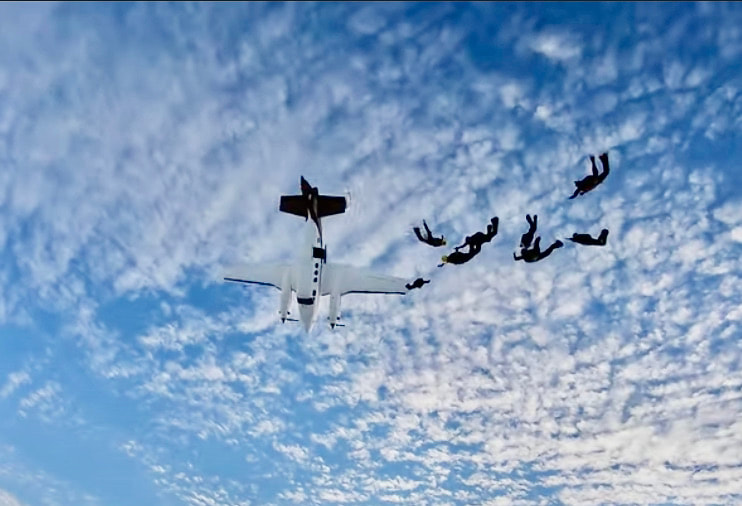
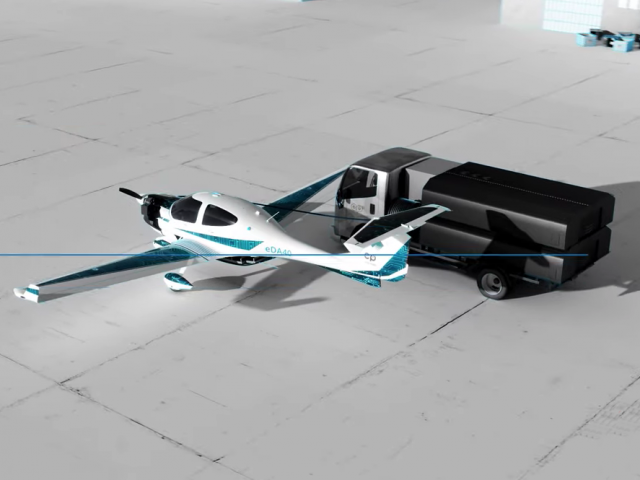
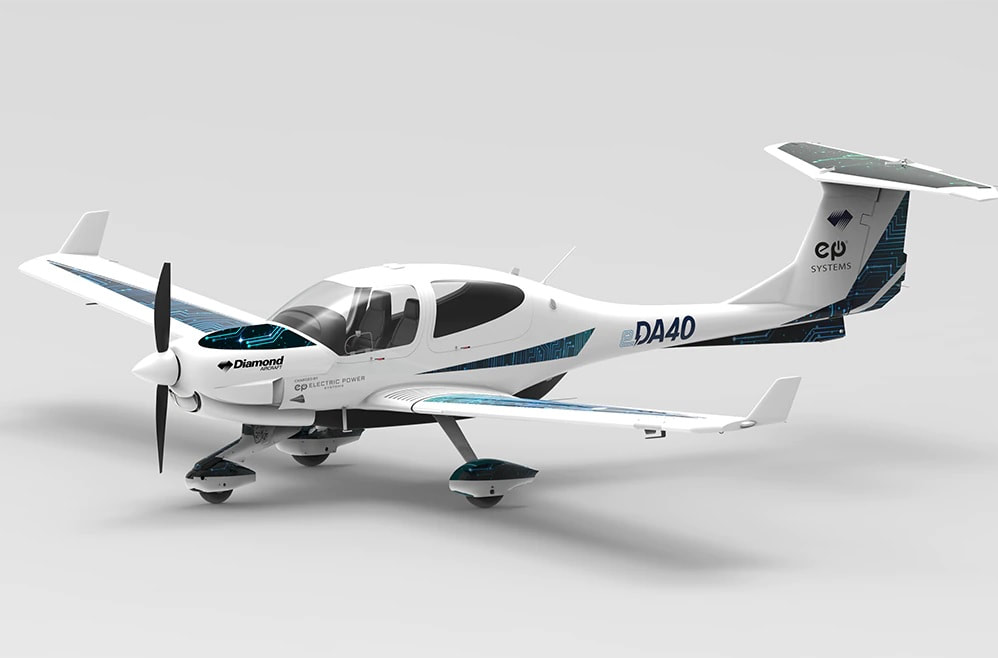
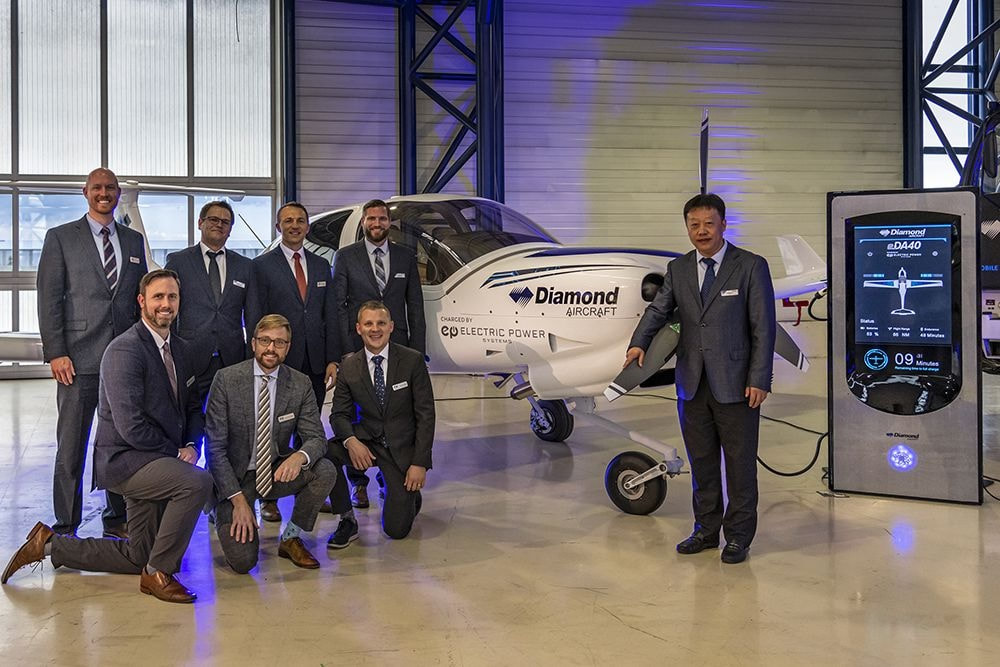

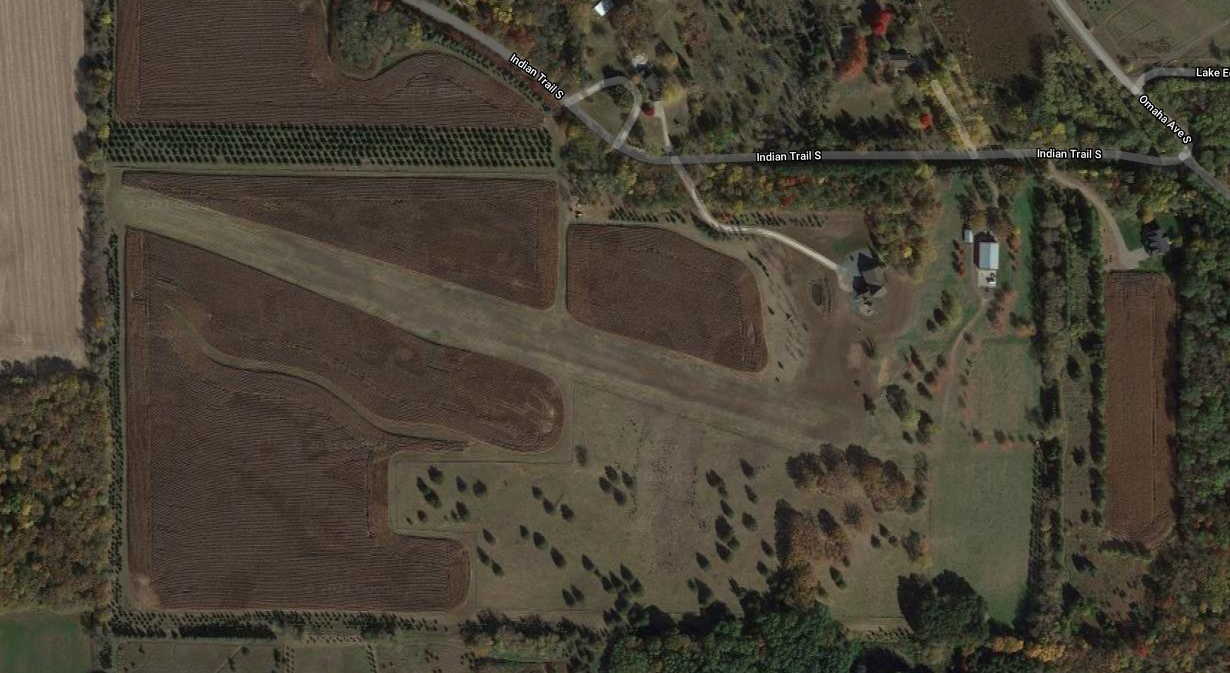
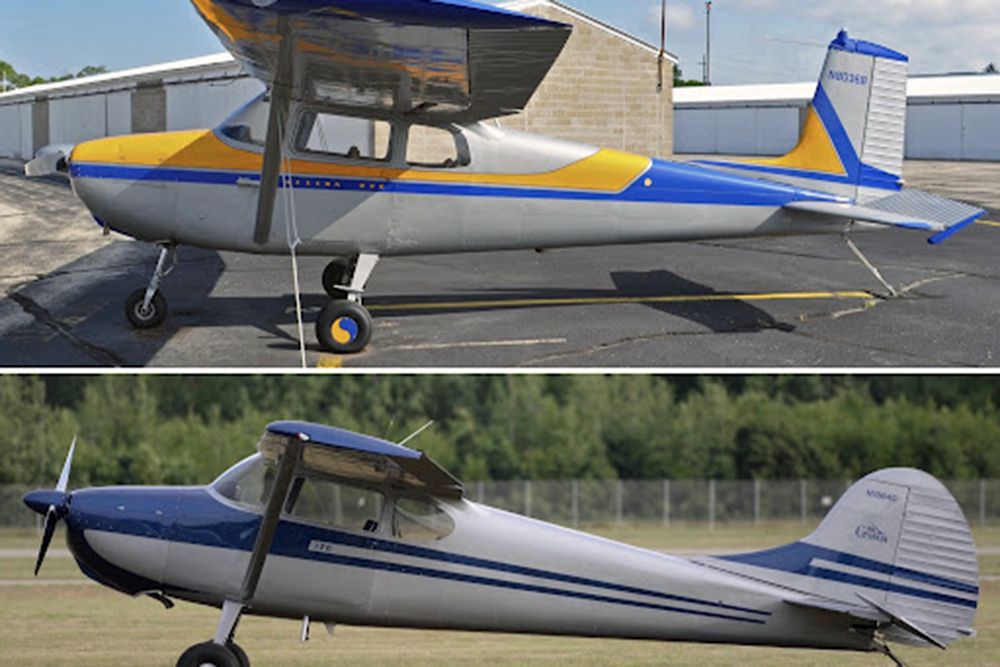
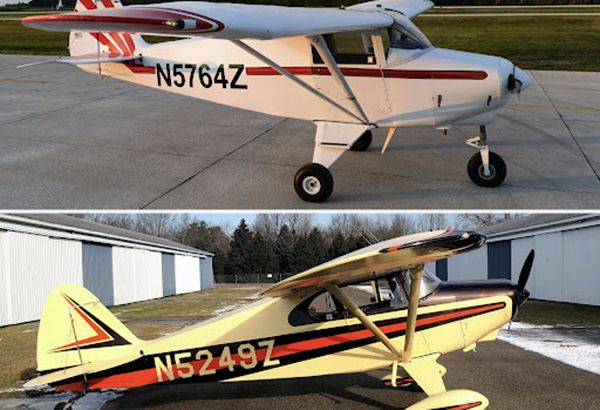
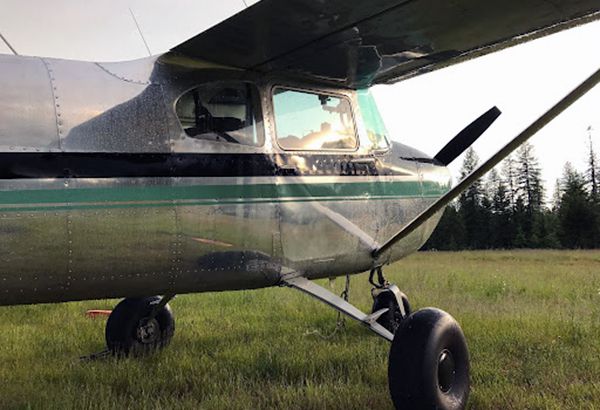
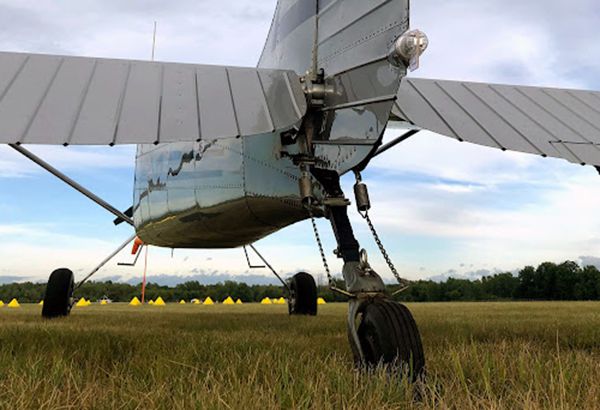

 RSS Feed
RSS Feed